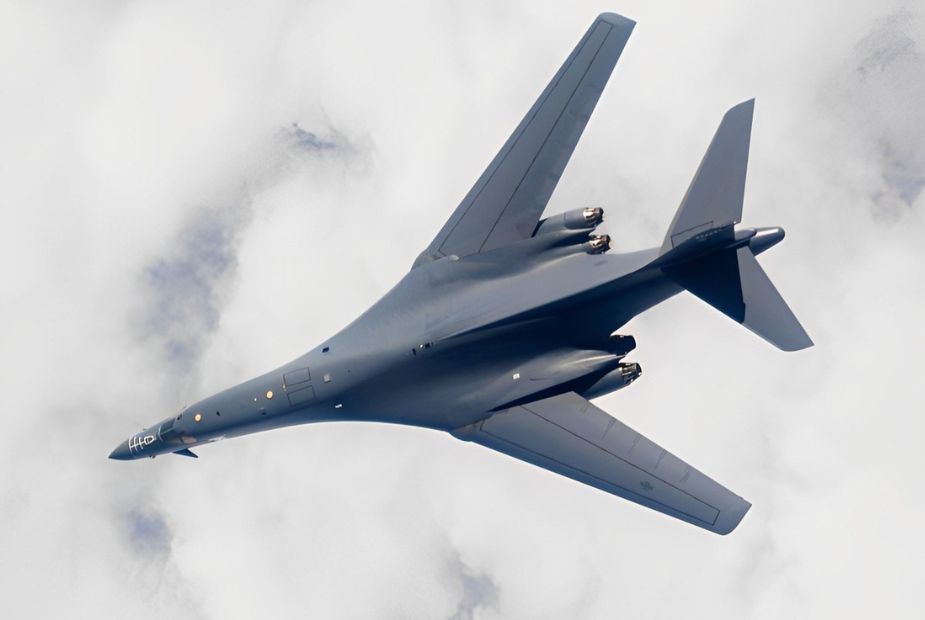On April 15, 2024, the US Air Force reported that two B-1B Lancer bombers, originating from Morón Air Base in Spain, arrived at Incirlik Air Base in Türkiye as part of a routine training mission designated as Bomber Task Force 24-2. This operation strengthens crucial cooperation during regional tensions.
Follow Army Recognition on Google News at this link

A B-1B Lancer bomber out of Edwards Air Force Base in California in 2024 (Picture source: US DoD)
According to a US Air Force statement, during this mission, the American aircraft seamlessly integrated with Turkish fighter jets, thus demonstrating the strength of bilateral military partnerships. Upon arrival at Incirlik, the US bombers are scheduled to participate in additional training activities in collaboration with Turkish forces.
Colonel Kevin Lord, Commander of the 39th Air Base Wing, expressed his gratitude to the Turkish hosts for their essential role in facilitating this training opportunity, highlighting the ongoing commitment to regional security and stability shared between the US and Türkiye. US European Command, US Air Forces in Europe, and officials from the 39th Air Base Wing emphasized the importance of collaborative efforts with the Turkish Ministry of Defense, underlining the role of bilateral training in promoting cooperation and collective defense in the region.
Bomber Task Force 24-2 is part of the Large Scale Global Exercise 2024, a comprehensive training initiative aimed at improving interoperability and mutual understanding among allies and partners to effectively address shared security challenges.
Throughout the deployment, the US bombers and support personnel will engage in a series of missions alongside allies and partners, facilitating dynamic force employment in the European theater.
The B-1B Lancer is a supersonic variable-sweep wing, heavy bomber used by the United States Air Force. Introduced in the 1980s, it was developed from the B-1A prototype and designed by Rockwell International to replace older bomber models. The B-1B features considerable improvements over its predecessor, particularly in terms of survivability, radar signature, and speed. Capable of flying at speeds of Mach 1.2 at sea level, it primarily serves in long-range, high-altitude missions, but it has also been adapted for low-level penetration bombing.
The B-1B can carry a substantial payload of guided and unguided weapons in three internal bomb bays. Its versatility and payload capacity make it a key component of the U.S. military's strategic and tactical bombing capabilities, particularly noted for its role in various military conflicts since the 1990s, delivering conventional munitions in precision-guided strikes.
Defense News April 2024
















